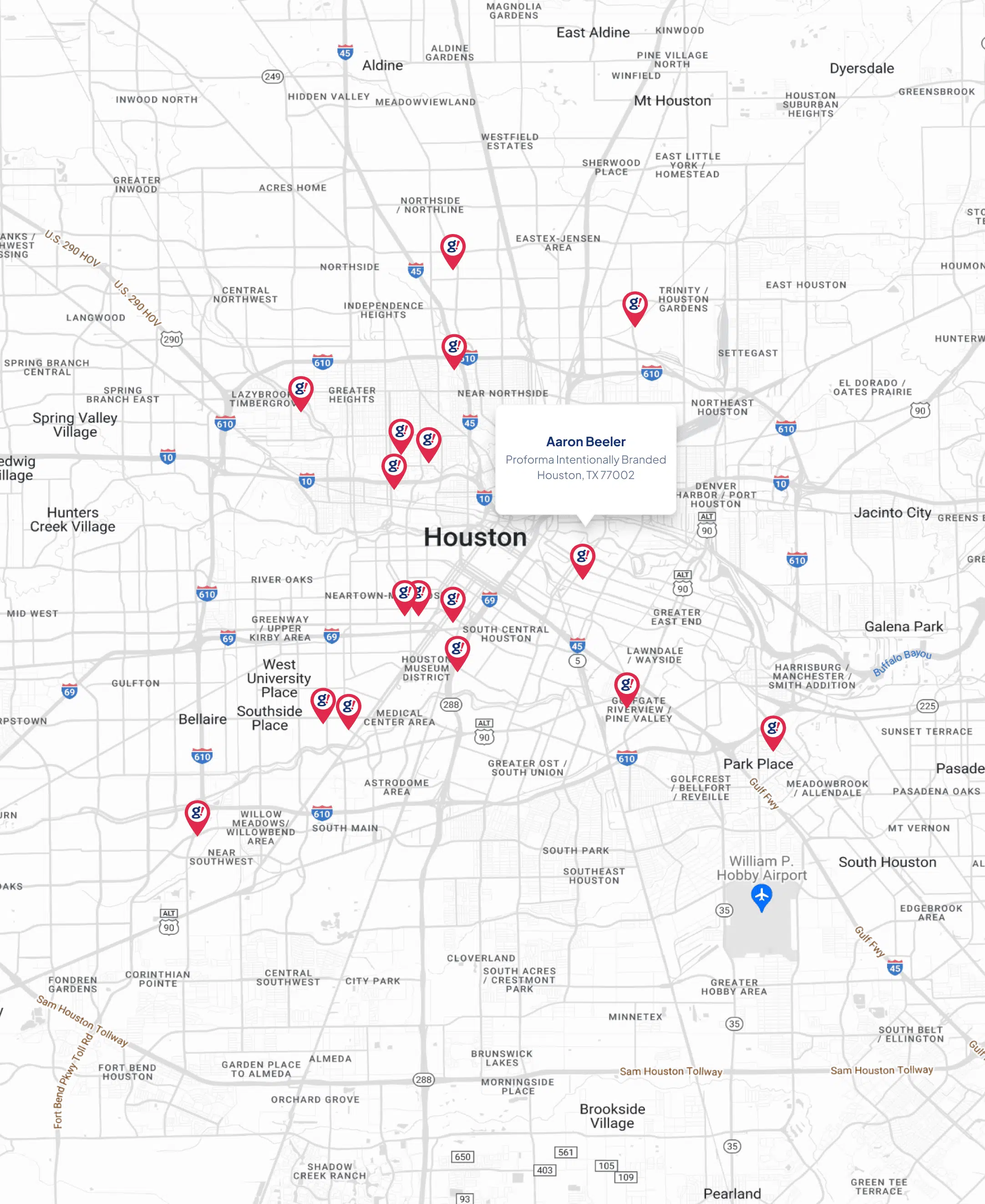In today’s hyper-competitive digital landscape, businesses can’t afford to rely on a single strategy to attract customers. Two of the most powerful and often compared tools are Google Ads and SEO (Search Engine Optimization). While they’re very different in how they work, the real magic happens when they’re used together.
Below, we’ll break down when to use each approach, how they complement each other, and why a dual-strategy is usually the smartest investment.
What Is SEO?
SEO is the practice of optimizing your website to show up organically (unpaid) in Google search results.
It focuses on three major areas:
- On-page SEO: Keyword optimization, content quality, title tags, meta descriptions
- Technical SEO: Site speed, mobile-friendliness, indexing, crawlability
- Off-page SEO: Backlinks, authority-building, brand mentions
SEO is a long-term growth engine.
It compounds over time, builds credibility, and generates traffic without ongoing ad spend.
What Is Google Ads?
Google Ads is Google’s paid advertising platform where businesses bid to appear at the top of search results for targeted keywords.
With Google Ads, you can:
- Appear instantly for competitive searches
- Control your budget and targeting
- Track conversions with precision
- Scale quickly based on performance
Google Ads is immediate, predictable, and highly measurable.
Google Ads vs. SEO: Key Differences
| Feature | Google Ads | SEO |
| Speed | Instant results | Slow build (3–6 months+) |
| Cost | Pay per click | “Free” clicks but labor/strategy required |
| Longevity | Stops when budget stops | Long-term and compounding |
| Positioning | Top of page (ads) | Organic results below ads |
| Trust factor | Lower (users know it’s an ad) | Higher credibility |
| Scalability | Easy + fast to scale | Slow and steady |
When to Use Google Ads
Google Ads may be the right tool when you need:
1. Immediate Traffic
Launching a new website, product, service, or promotion?
Ads get you in front of customers today, not months from now.
2. High-intent Searchers
Phrases like:
- “emergency plumber near me”
- “PPC agency Dallas”
- “same-day HVAC repair”
These are prime for ads because buyers want solutions fast.
3. Competitive Keywords
If the organic results are dominated by big players, Google Ads gives you a chance to compete right away.
4. Precise Audience Targeting
Use demographics, location, interests, and device targeting to fine-tune your reach.
When to Use SEO
SEO is the right investment when you want:
1. Long-Term, Cost-Efficient Growth
Once you rank, you can generate traffic for months or years without paying for each click.
2. Authority & Trust
Organic rankings are seen as more trustworthy.
SEO builds your brand’s credibility.
3. High-Quality Evergreen Traffic
Content like:
- Blogs
- Service pages
- FAQs
- Buyer guides
… brings in consistent traffic that doesn’t rely on ad spend.
4. To Reduce Paid Ad Dependency
SEO helps you lower your cost-per-acquisition over time.
Why Most Businesses Need Both
Google Ads and SEO work best when integrated. Here’s why:
1. Full Search Engine Visibility
Ads + SEO let you dominate more real estate on the search results page, increasing trust and clicks.
2. Data Sharing Improves Both Channels
Top-performing paid keywords often signal what content you should create for SEO.
3. SEO Supports Long-Term Growth, Ads Support Short-Term Wins
Together, you get immediate conversions and sustainable traffic growth.
4. Increased Conversion Rates
Studies show users are more likely to convert when they see a brand in both paid and organic positions.
How to Use Them Together
1. Run Google Ads While SEO Gains Momentum
Ads provide traffic and leads while your SEO ramps up.
2. Use SEO to Lower Google Ads Costs
High-quality landing pages improve quality scores, reducing CPCs.
3. Retarget SEO Traffic Through Ads
Turn organic visitors into paid retargeting audiences to boost conversions.
4. Create Content Based on Ad Insights
Use search term reports to find new keywords and content gaps.
Final Thoughts
Choosing between Google Ads and SEO isn’t really an “either/or” situation.
They serve different purposes, run on different timelines, and deliver different kinds of value.
Google Ads = Speed + control + immediate conversions
SEO = Authority + longevity + compounding ROI
Most businesses grow fastest when they invest in both.
Ready to Maximize Your Results?
If you’re serious about increasing visibility, attracting high-intent customers, and scaling your business faster, g!Ads™ and g!SEO are the smartest next step. Our team will audit your current digital presence, map out the right mix of paid search and organic strategy, and show you exactly how to get the most ROI from your marketing budget.
Whether you’re new to Google Ads or looking to improve your current campaigns, a free Strategy Call will give you clear, actionable insights tailored to your goals.








